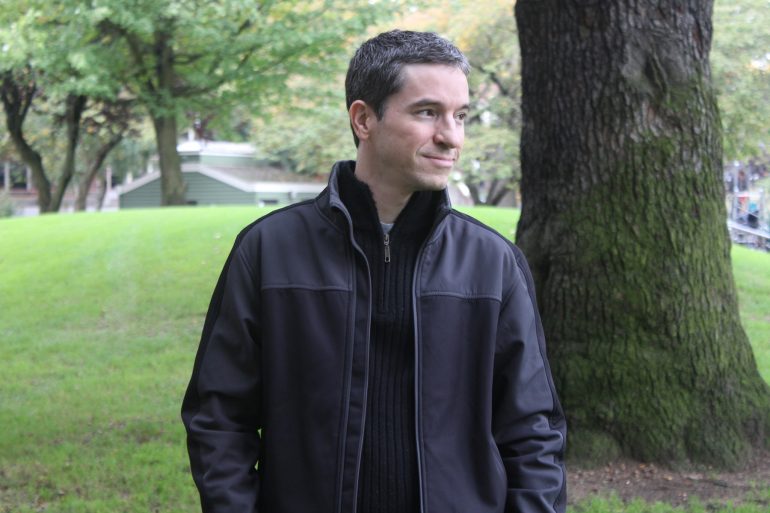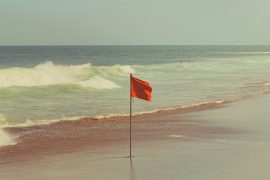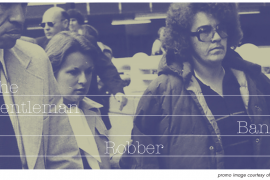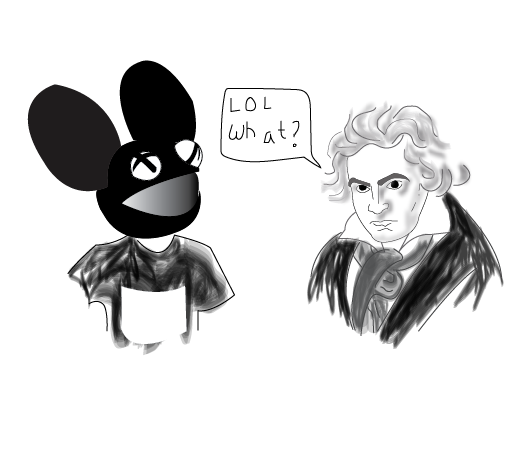If you want to make a movie….where do you start? Maybe you know the answer. But, do you? What can be in a script? What can be produced? What is rotoscoping? I propose that you can only know if you yourself attempt the thing itself. Maybe PSU can help. But don’t take it from me…
I had the privilege of interviewing PSU film professor Dustin Morrow and his most avid cohort, Kacey Morrow. If you enroll in the Portland State University Film Program, you will likely meet Dustin Morrow. Whether you were in the know, or not, Portland State has a powerful film department where those who are serious can enroll and commit to a rigorous degree packed with production answers and proper rhetoric from how to shoot, how to animate, how to write, how to produce, how to act, how to analyze and discuss any film, and therefore, ultimately for any student to understand “where your art comes from”, as Morrow explains.
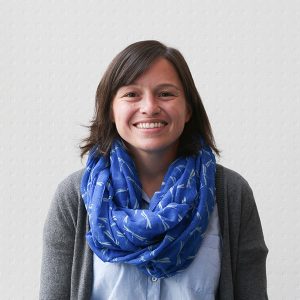
PSU film department is not, “only theory,” but also practice and production. Morrow believes wholeheartedly that the “theoretical/analytical” element in one’s education is solidly necessary and must coexist with production. “We try to prepare our graduates as generalists. You can’t just have practice without knowing who Hitchcock is. Being a good filmmaker is about understanding how to tell stories and knowing where your art comes from. That kind of stuff you can’t pick up on any set, even a big one.” (PSU has many alum at Laika)
Professor Morrow received his MFA from the Department of Cinematic Arts at the University of Iowa. He started his film career as an editor in Hollywood. He was asked to come to PSU when the film department was in its infancy and set up the production side of it. He said he missed the university community culture and yearned for the “compelling conversations [about movies]” that can happen more readily in the campus setting, because, “is so rewarding— to help people find their voice.” His core vision for teaching and filmmaking commands his cool writing style and his cadence of fervor.
Producing for TV and Emerging Media is a textbook of nuevo essence that Morrow co-wrote with Catherine Kellison and Kacey Morrow. This tremendous collaboration infuses Morrow’s notion that film school is “where one can take creative risks and stretch themselves, see what they are capable of in a way that they would never be able to do if they went straight into the market.” According to Morrow, certain types of people do better in specific roles, particularly in producing. Morrow says, “people who have a sharp eye for detail, the extremely organized folks, are the type of people who tend to make really good producers. They anticipate problems before they arise. The producer is like the administrative architect of a film, creates the framework for people to do their work, makes the project, without them, creatives can get nowhere.”
Alongside his commitment to teach, Morrow is always working on a creative project. “Either a multi-million dollar project, like writing a super hollywood thriller and at the same time, or, a passion project”, like a rotoscoping project with his sibling, the equally talented Kacey Morrow, (co-authored both of his books). Kacey, whom I also interviewed briefly, reflects, “my brother and I have collaborated in many different ways over the years – it goes all the way back to when we were kids making home movies, to helping each other on undergraduate and graduate film projects, to now contributing to books, feature films, and short films. It comes naturally to us to work together and we balance each other well in our skill sets.”
I will be keenly watching both of their websites (links at article conclusion) for the reveal of this latest project. Kacey defined their rotoscoping project as, “a short film adaptation of a chapter from the book, Airportness: The Nature of Flight, by Christopher Schaberg” and they both described it as having a concept of “‘waiting” – “collectively being caught in the in-between – a moment of pause in our daily lives, highlighting both the mundanity and the beauty of air travel”, Kacey said. Their great working relationship will no doubt transfuse its master into this upcoming release, again. Dustin’s role is editor, narrator, and text adaptation. Kacey’s role is primarily the rotoscoper artist, ” every frame of the roughly 5 minute video coming in at around 3,600 individual frames at 12 fps.”
Tantamount to all of this creativity, but predating it, another book collaboration was published. Professor Morrow spent a couple of years interviewing the actress Kathleen Turner, whom he got a chance to meet and pitch her on a book idea. You don’t remember her? Turner was nominated for 36 awards, and cut her debut teeth on Body Heat. Summarizing highlights of her long list of other debuts includes the voice as Jessica Rabbit in Who Framed Roger Rabbit, V.I. Warshawski, (my new fav), Crimes of Passion, the voice of Constance Nebbercracker in Monster House, Serial Mom, Nurse 3-D, and many more (look her up!)
Kathleen Turner on Acting is a powerful book. Turner is a sage of originality. Morrow’s bold project with this epic chic he defines delightfully. “There wasn’t really anything [out there in the book world] from one of the biggest actors in the world,—forget about Stanislavsky and Stella Adler and all the different theories of acting—, here’s how to make it your own thing—take all those and process them and create your own way of doing it—that’s what I found really interesting about her approach…” Anytime is time for a Turner renaissance, like how a vintage femme fatale aire never really gets exhausting. As Morrow puts it, she is one of the last great old-fashioned movie stars, “like Barbara Stanwick, Cary Grant, & Jack Nicolson (who she co-stars with in”Prizzi’s Honor”).
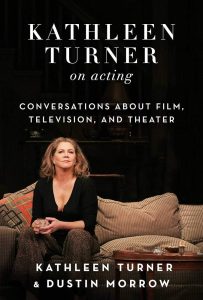
Do not run away from this book if you are not studying acting. In Morrow’s opinion, “it’s really a book about creativity and how to collaborate with people. Not just about how to make choices [as an actor], but even for interested film goers, it helps them understand a “peek behind the curtain”, then, for directors, he said it is essential reading about “process and the kinds of challenges that actors face in what they do.” Morrow shared how his interviews with Turner and writing the book directly changed his own directing style. Kacey Morrow provided the illustrations.
It was an honor and so much fun to discover and interview The Morrows.
Professor Dustin Morrow‘s influences start at: Krzysztof Kieślowski, John Cassavetes, Jim Jarmusch, Steven Soderbergh, Kelly Reichardt, Hitchcock (Eg. North by Northwest ) … Kacey Morrow, Chair of the Design dept at WWU’s influences start at: Richard Linklater (Eg: ongoing 20 year adaptation of Merrily We Roll Along), Nolan’s nonlinear approach (Eg: Memento) as well as Michel Gondry, David Fincher, PT Anderson…
This is the first interview for the DISCOVERED series. Feel free to nominate any professor who has published a great book for an interview with the Sentinel: widl@pdx.edu.

